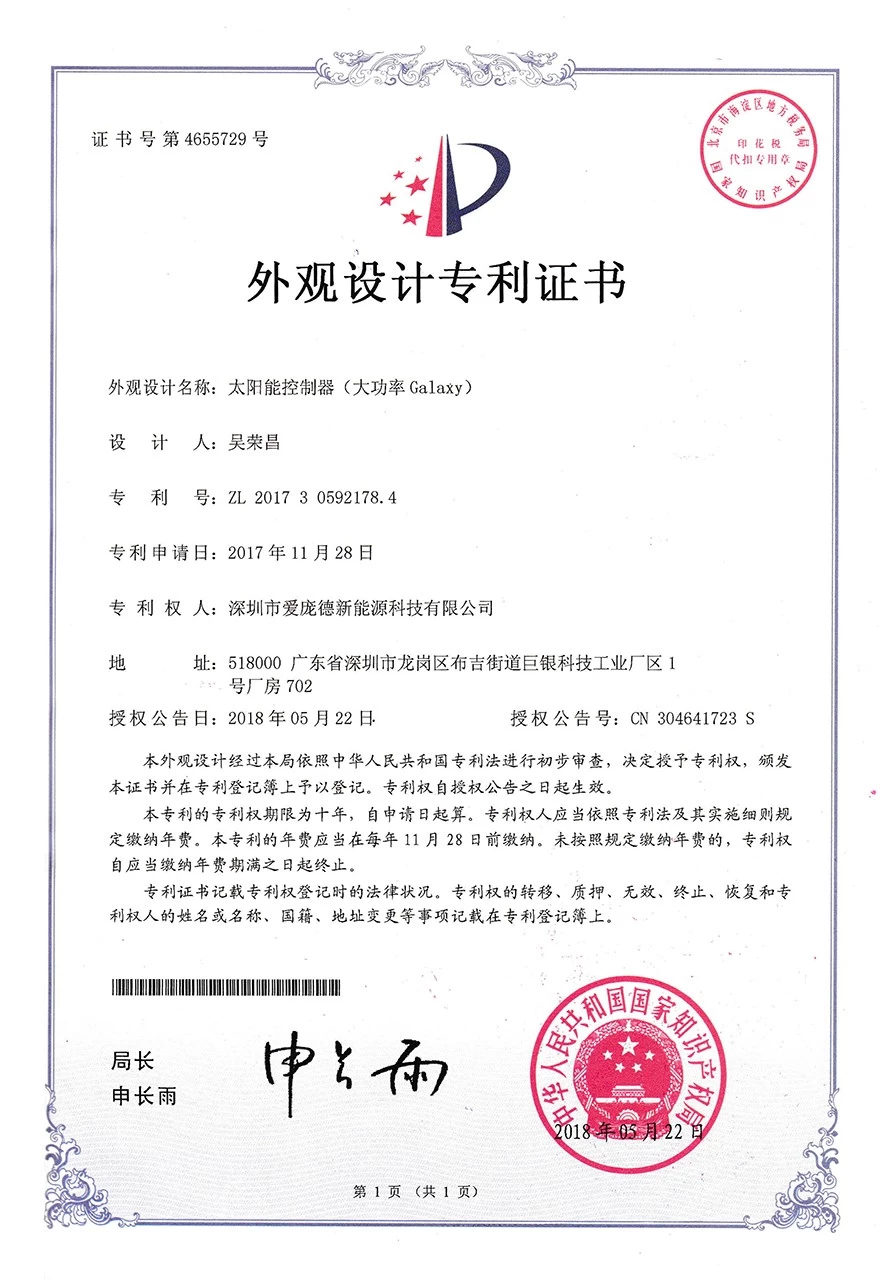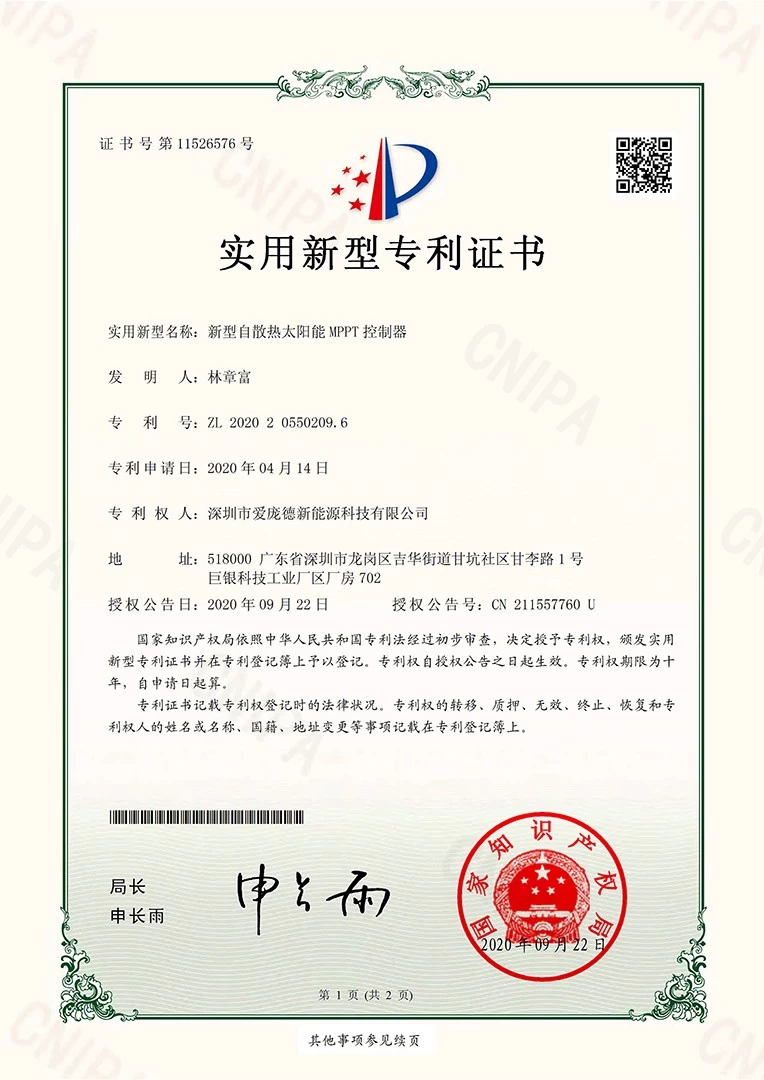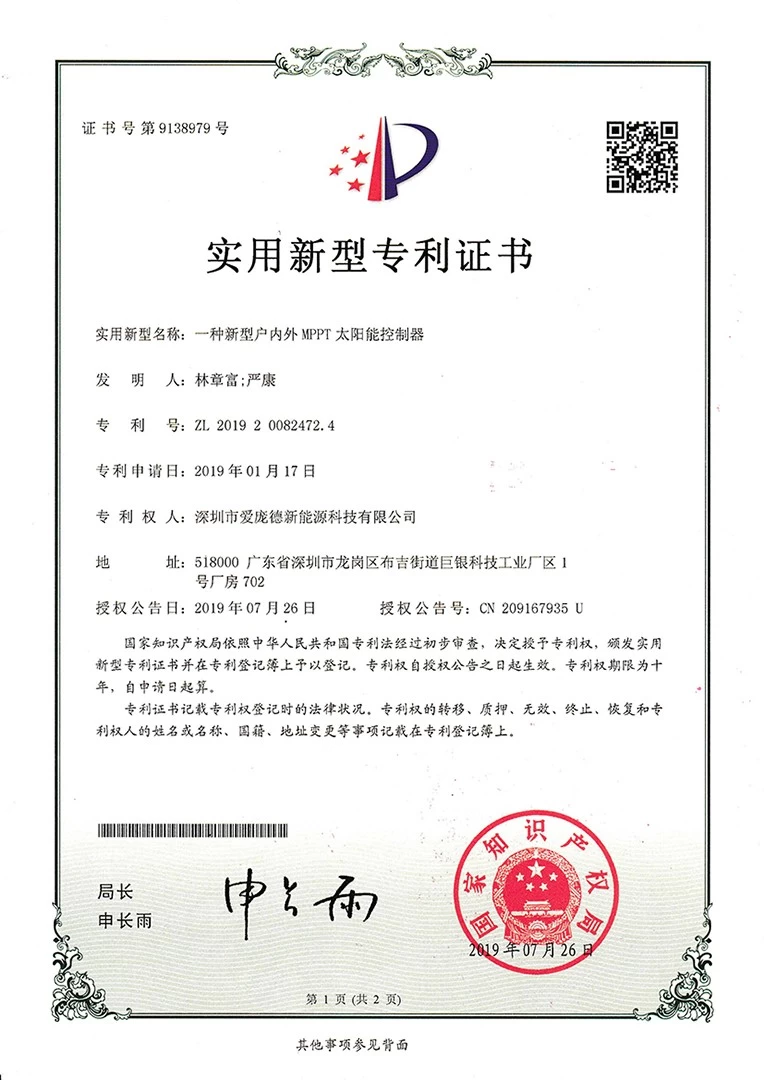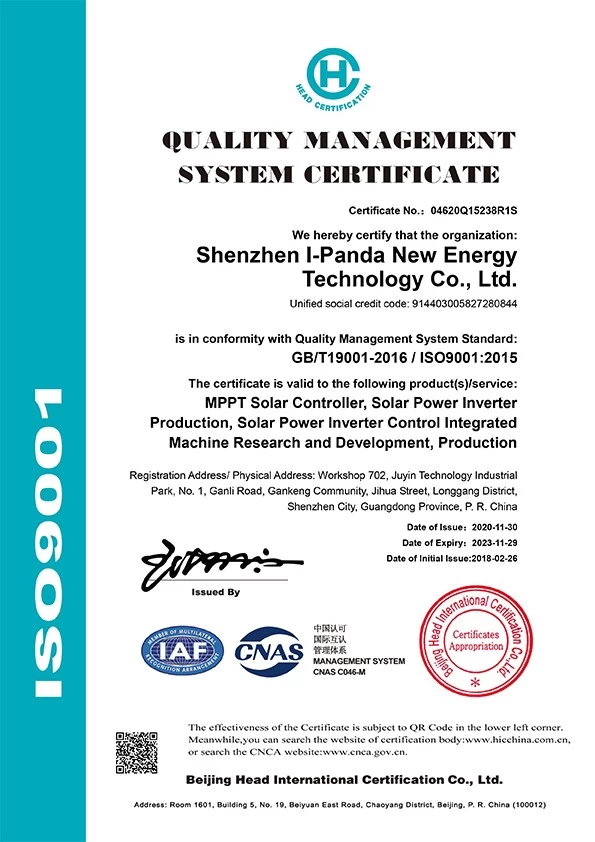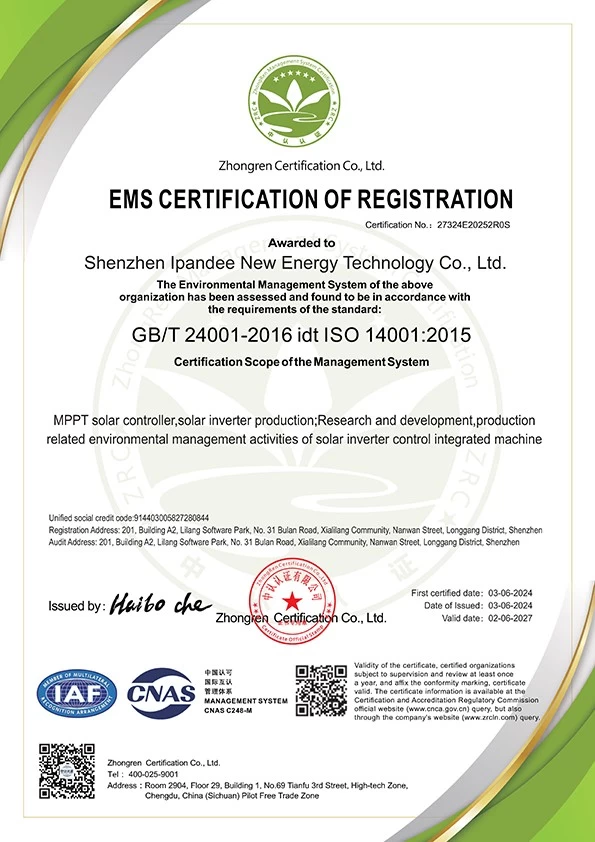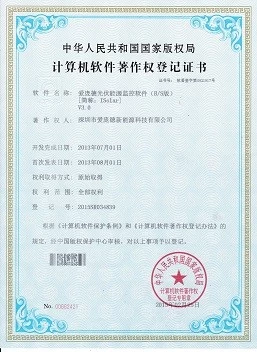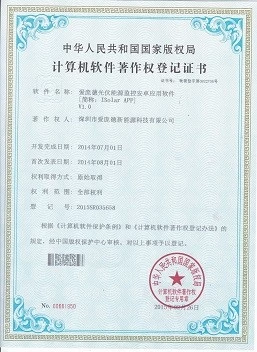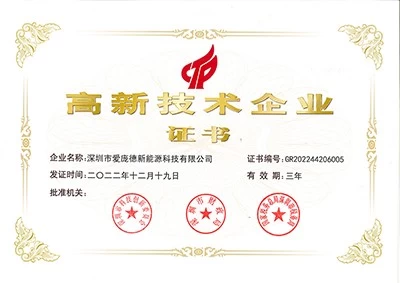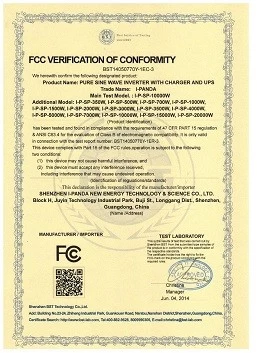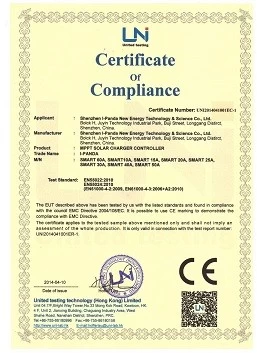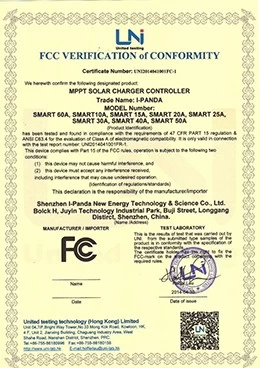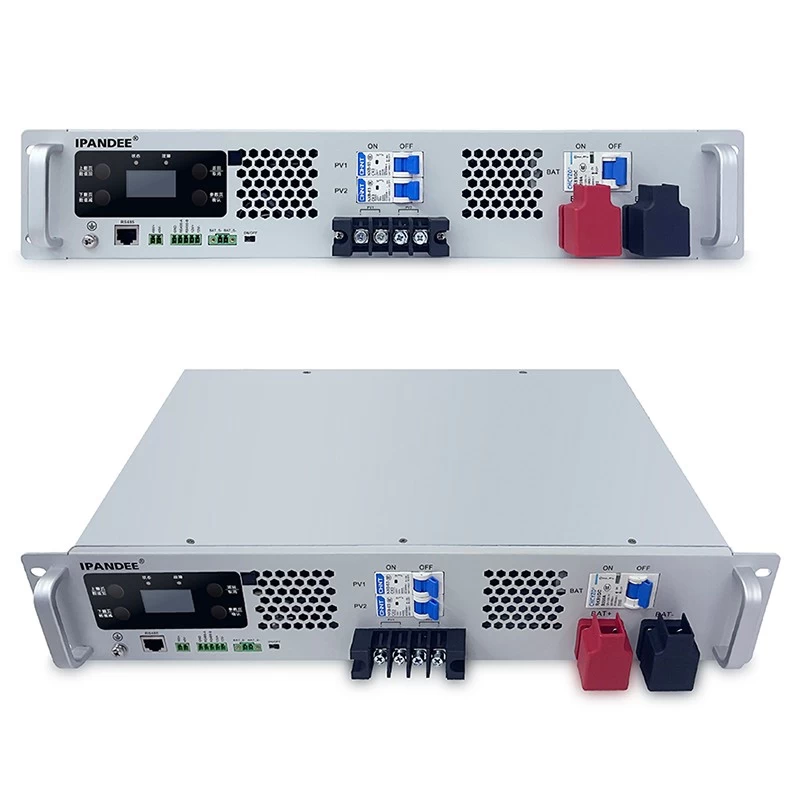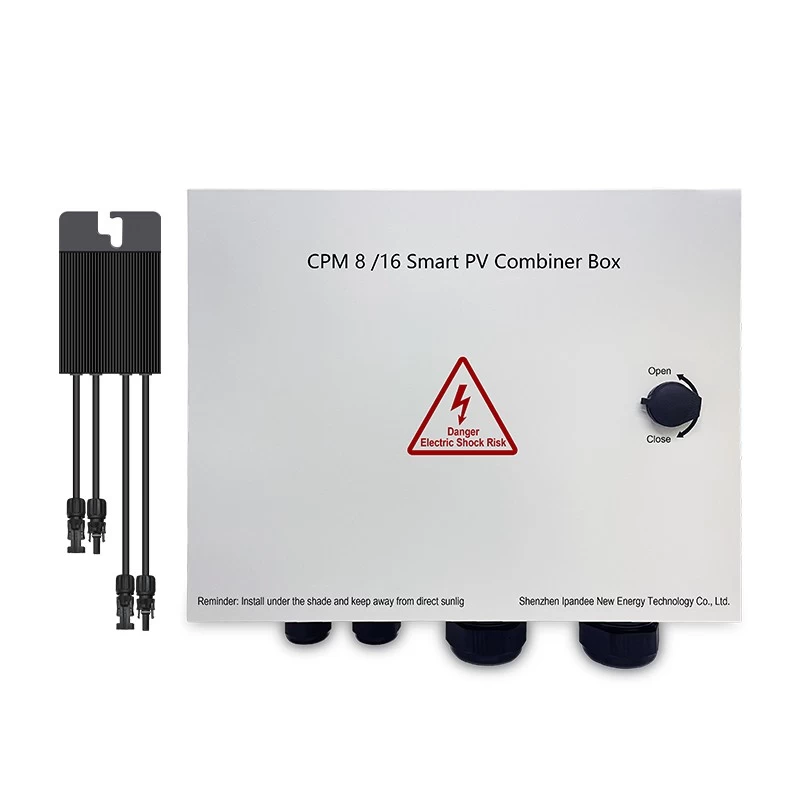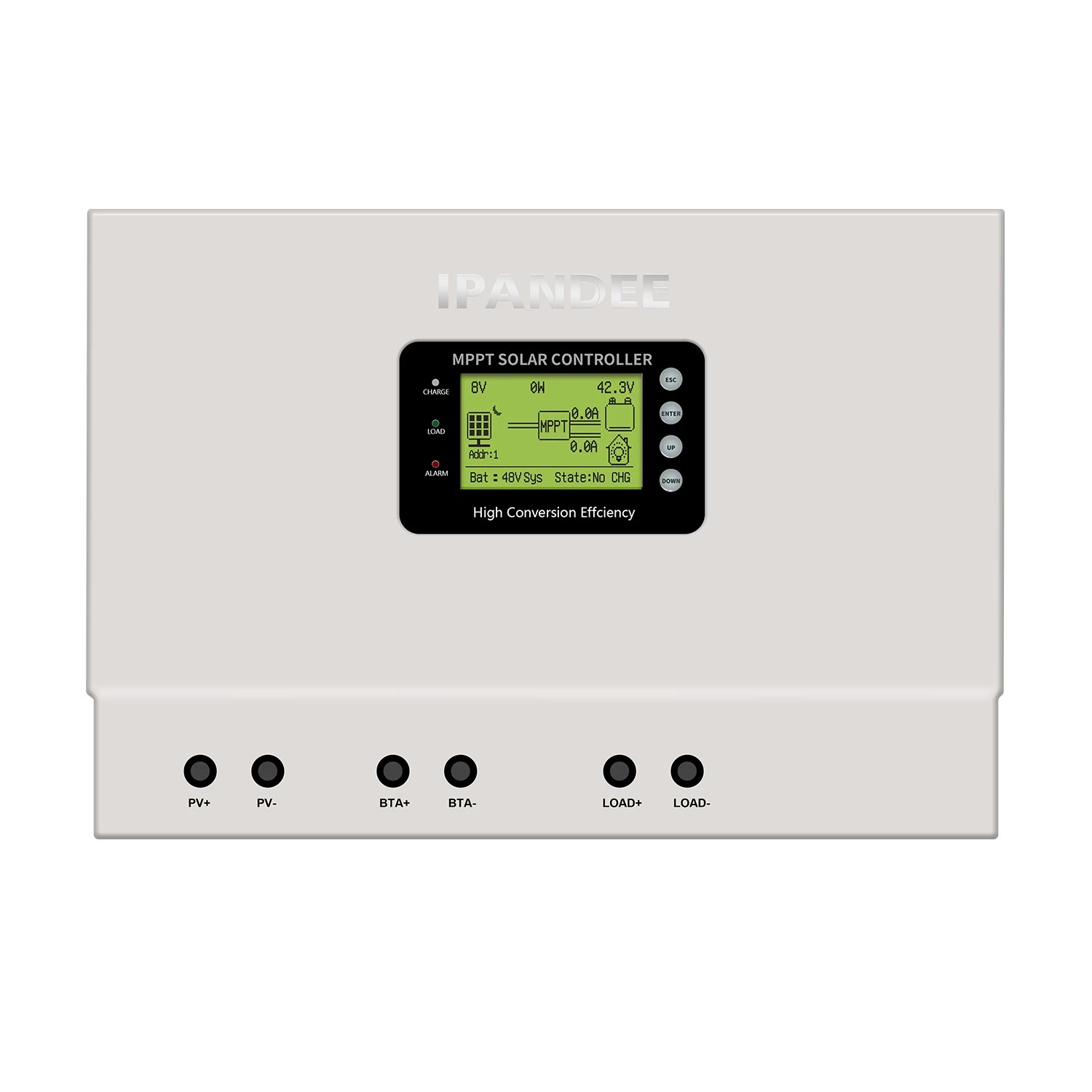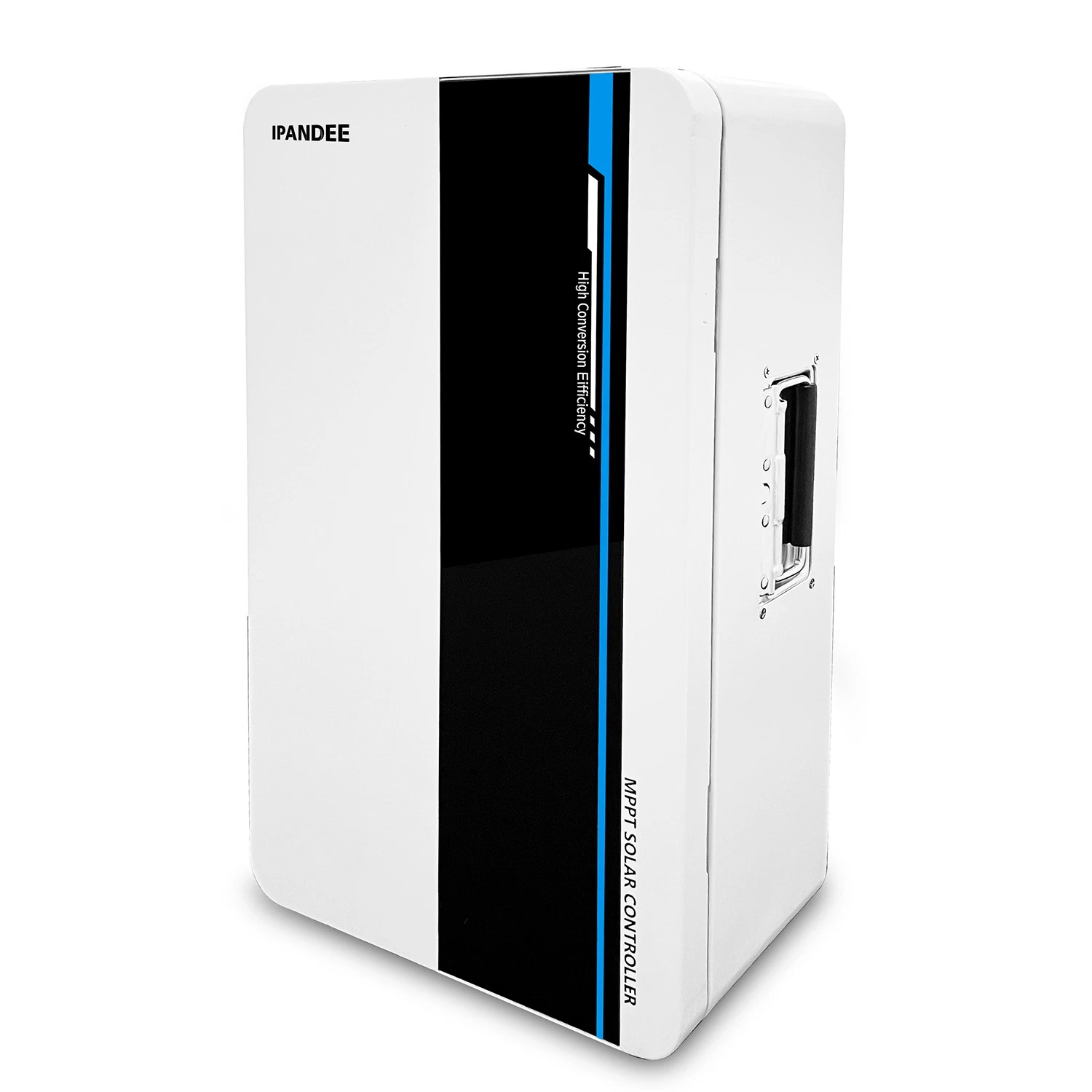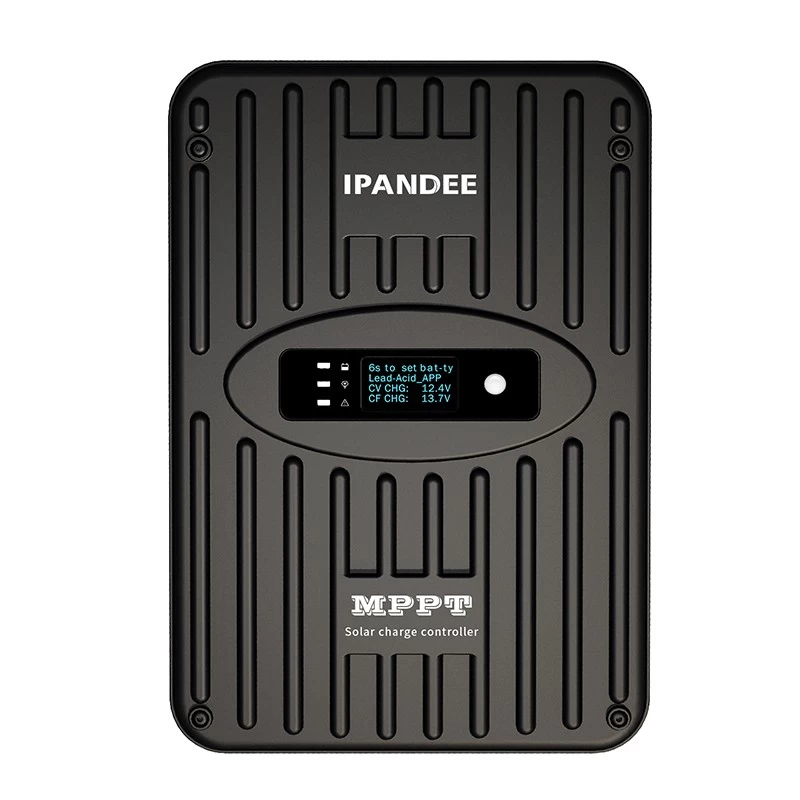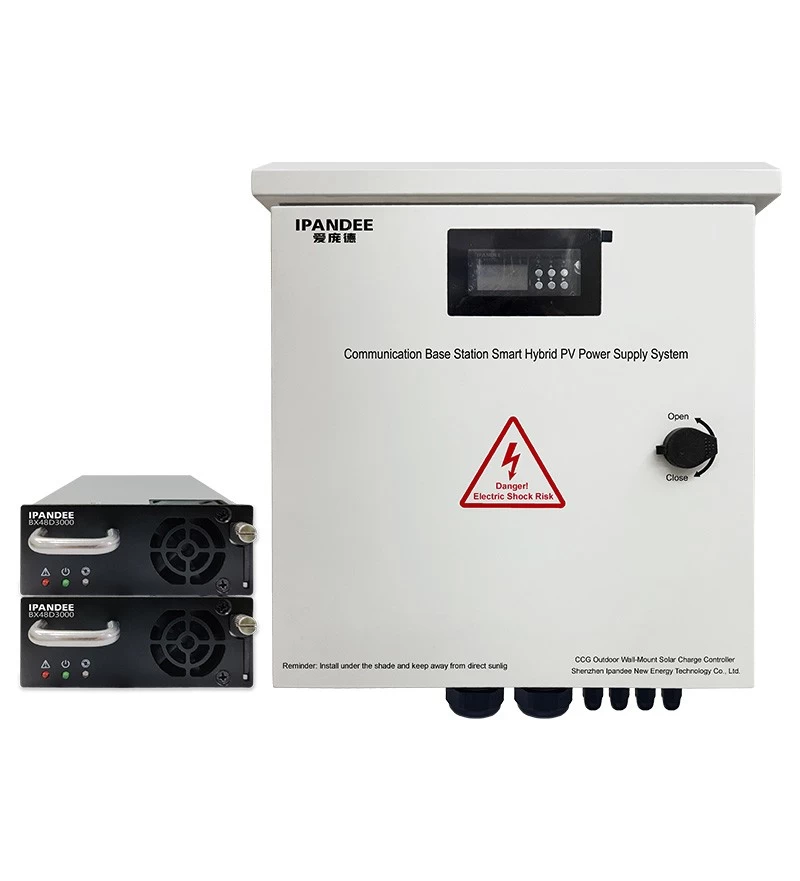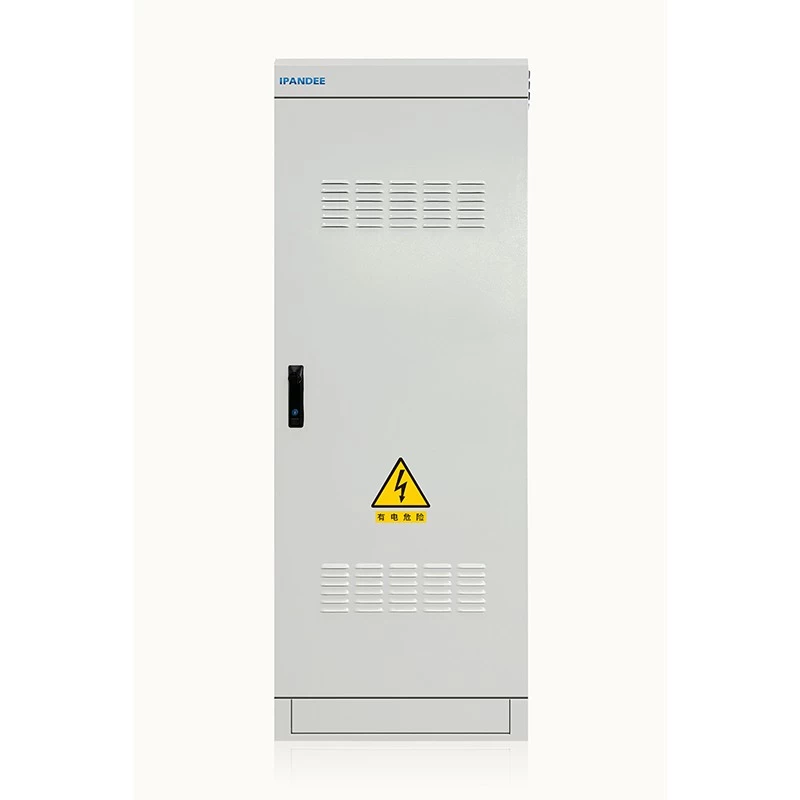Photovoltaic grid-connected inverter classification and function introduction
Photovoltaic grid-connected inverter classification
1. Classification of isolation methods
Including isolated and non-isolated types, the isolated grid-connected inverter is divided into power frequency transformer isolation mode and high-frequency transformer isolation mode. At the beginning of the development of photovoltaic grid-connected inverter, the power frequency transformer isolation method is adopted. However, due to its obvious defects in volume, weight and cost, the grid-connected inverters with high-frequency transformer isolation have developed rapidly in recent years. The advantages of non-isolated grid-connected inverters are gradually improved due to their high efficiency and simple control. Recognized, it has already begun to promote applications in Europe, but needs to address key issues such as reliability and common mode current.
2, according to the output phase number
It can be divided into two types of single-phase and three-phase grid-connected inverters. Single-phase mode is generally used for medium and small power applications, and three-phase grid-connected inverters are used for high-power occasions. Classified according to the power level, it can be divided into low-power grid-connected inverters with power less than 1 kVA, medium-power grid-connected inverters with power levels from 1 kVA to 50 kVA, and above 50 kVA. High-power grid-connected inverter.
3. Classification according to power flow direction
It is divided into two types: single-directional power flow grid-connected inverter and dual-direction power flow grid-connected inverter. The unidirectional power flow grid-connected inverter is only used for grid-connected power generation, and the bidirectional power flow grid-connected inverter can be divided. In addition to grid-connected power generation, it can also be used as a rectifier to improve grid voltage quality and load power. In recent years, bidirectional power-flow grid-connected inverters have begun to gain attention, which is one of the future development directions.
4, according to the topology classification
The currently used topology includes: full-bridge inverter topology, half-bridge inverter topology, multi-level inverter topology, push-pull inverter topology, forward inverter topology, flyback inverter topology, etc., among which high-voltage high-power photovoltaic The grid-connected inverter can adopt multi-level inverter topology, the medium-power photovoltaic grid-connected inverter adopts full-bridge and half-bridge inverter topology, and the low-power photovoltaic grid-connected inverter adopts forward and flyback inverter topology. .
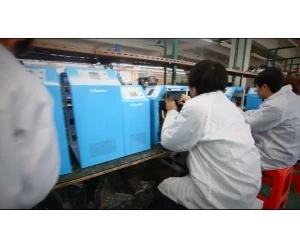
Photovoltaic grid-connected inverter function
(1) Anti-islanding protection Grid-connected inverters should have reliable and complete unplanned island protection functions. The grid-connected inverter anti-unplanned island function should have both active and passive island detection schemes. If the unplanned islanding effect occurs, the inverter should stop supplying power to the grid within 2s and issue an alarm signal.
(2) Restoration of grid-connected protection After the grid-connected inverter stops supplying power to the grid due to grid faults, the grid-connected inverter should be able to automatically re-route to the grid after the grid voltage and frequency return to the normal range for 20s to 5min. When power is transmitted, the output power should be slowly increased when power is supplied, and the power grid should not be affected.
(3) Overcurrent protection on the AC side The overcurrent protection should be set on the AC output side of the grid-connected inverter. When a short circuit is detected on the grid side, the grid-connected inverter should stop supplying power to the grid within 0.1 s and issue a warning signal. After the fault is removed, the grid-connected inverter should work normally.
(4) Anti-discharge protection When the DC side voltage of the grid-connected inverter is lower than the allowable working range or the inverter is in the off state, there should be no reverse current flowing through the DC side of the grid-connected inverter.
(5) Polarity reverse connection protection When the polarity of the PV array is reversed, the grid-connected inverter should be protected without damage. After the polarity is positively connected, the grid-connected inverter should work normally.
(6) Grid over/under voltage, over/under frequency protection On the AC output side of the grid-connected inverter, the grid-connected inverter should be able to accurately judge the over/under voltage of the power supply grid (wiring), over/under frequency, etc. In the abnormal state, the grid-connected inverter should be protected according to the required time, and a warning signal should be issued when it is cut off. When the grid voltage and frequency return to the allowable voltage and frequency range, the inverter should be able to start normally.
(7) DC side overvoltage protection When the DC side input voltage is higher than the maximum allowable DC array access voltage of the inverter, the inverter must not start or stop within 0.1s (when running), simultaneously Warning signal. After the DC side voltage is restored to the allowable operating range of the inverter, the inverter should be able to start up normally.

(8) DC input overload protection a) If the input of the inverter does not have the function of limiting power, the protection should be skipped when the input power of the input side of the inverter exceeds 1.1 times of the rated power. b) If the inverter input has a power limiting function, when the power output of the PV array exceeds the maximum DC input power allowed by the inverter, the inverter automatically limits the current operation to the maximum allowable AC output power.
(9) Internal short circuit protection When a short circuit occurs inside the grid-connected inverter, the protection of electronic circuits and fuses in the inverter should be fast and reliable.
(10) Overheat protection Grid-connected inverters should have over-temperature protection alarms such as high ambient temperature alarms (such as high ambient temperature in the chassis caused by fire) and over-temperature protection of critical components inside the machine.
(11) Sensitivity and reliability of protection In the normal operating environment of the inverter and the grid environment complying with the national standard requirements, the inverter should not be in the event of accidental shutdown, false alarm and other unintended operation. Our company is responsible for and compensates for the loss of power generated by the abnormal shutdown caused by the inverter itself. In the event of a fault, the inverter should be able to operate reliably in accordance with the designed function. Our company is responsible for and compensates for all losses caused by faults caused by defects or reliability of the inverter itself.
(12) The flame retardant inverter wiring of the whole machine should use flame-retardant wires and cables, the wire slot and the wire number marking bushings should be made of flame retardant materials, and the inverter body should be equipped with an ambient temperature sensor for real-time monitoring. Inverter internal temperature. Under no circumstances can the inverter produce an invasive open flame, and all losses caused by the intrusive fire caused by the inverter will be handled and compensated by our company in a timely manner.
(13) Insulation monitoring The inverter has a perfect insulation monitoring function. When the live part of the equipment is grounded, the insulation monitoring system should be able to immediately detect the fault status of the inverter, stop and alarm.
(14) Lightning protection, the inverter should be equipped with lightning protection device and 6000V surge protection.
(15) Cooling, the inverter should have measures to ensure that the inverter does not damage due to excessive temperature when it continues to work normally.
(16) Noise, the inverter requires no more than 50dB of noise.

Disclaimer: The content is partly from the internet. In order to pass on more information, it does not mean agreeing to its views or confirming its description. Article content is for reference only. If there is any infringement, please contact in time.





